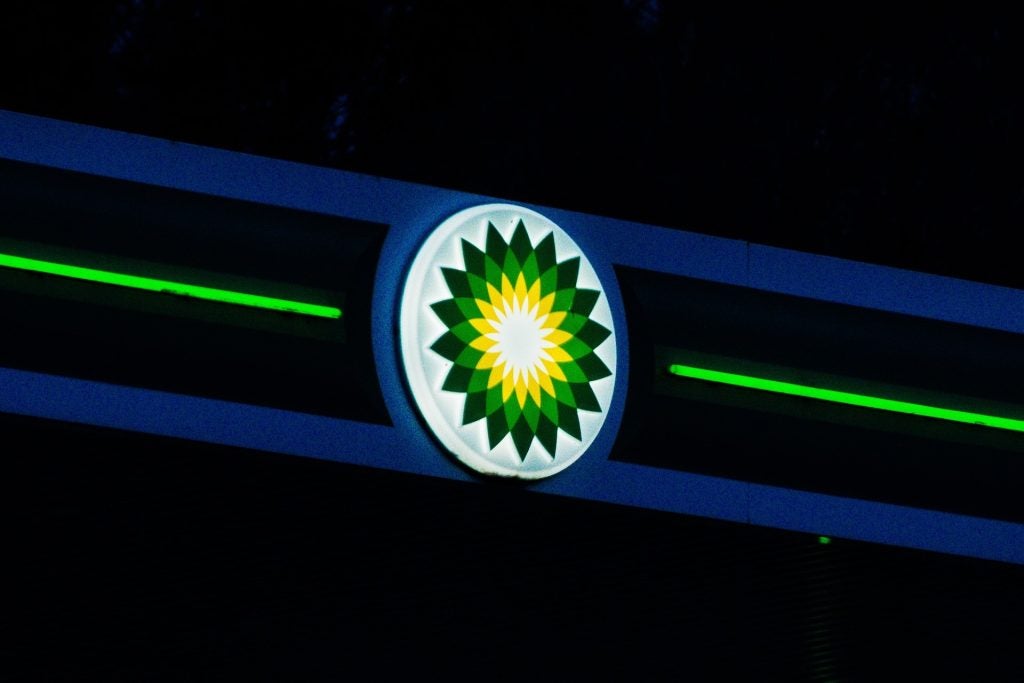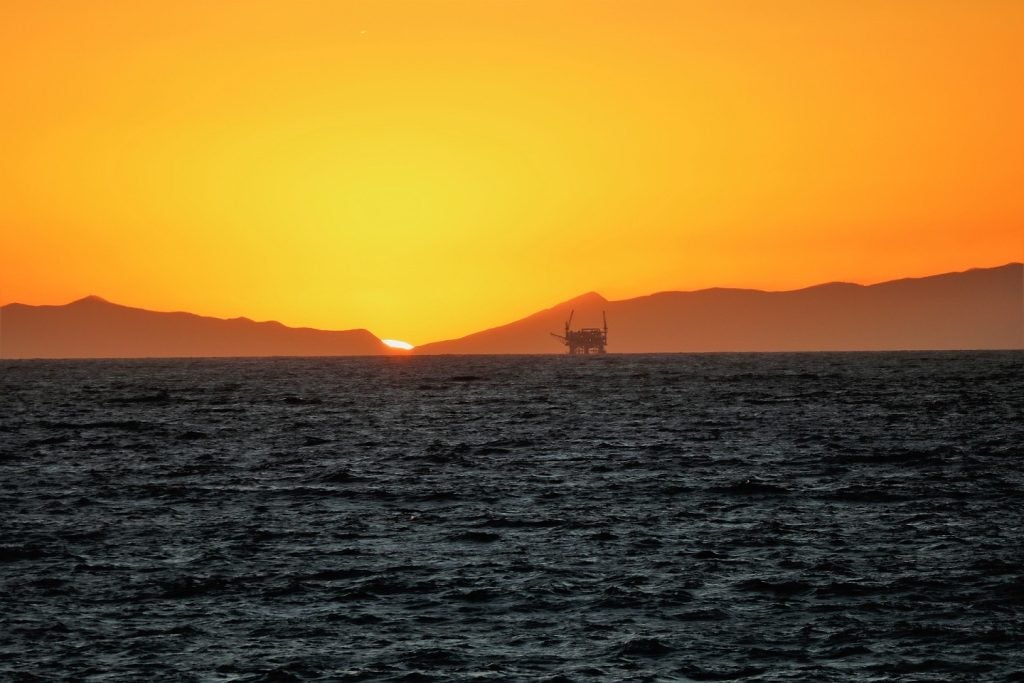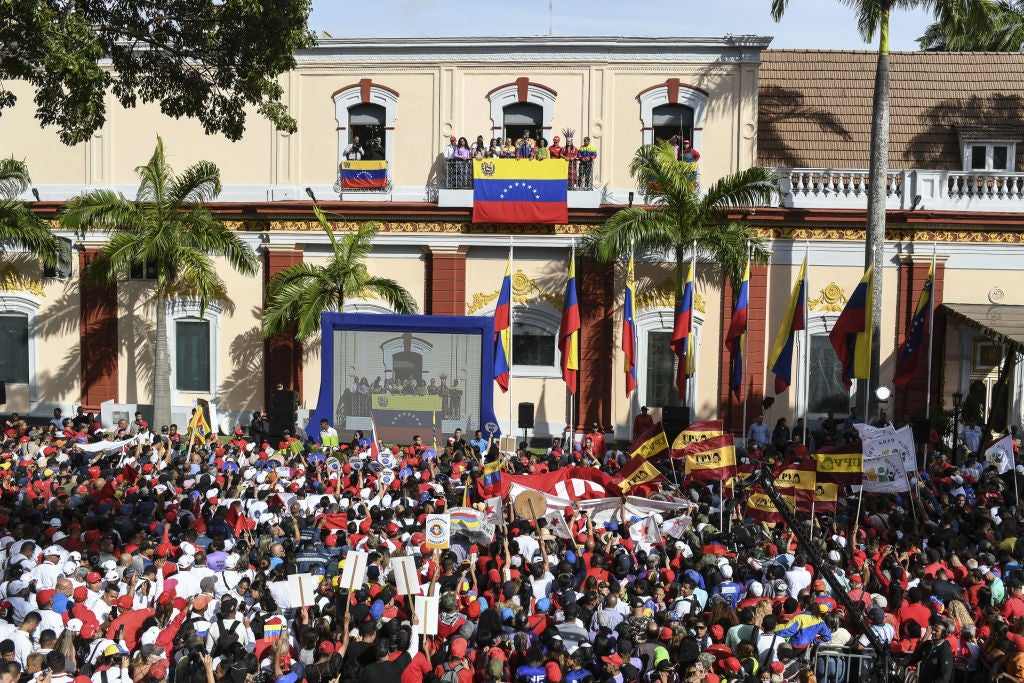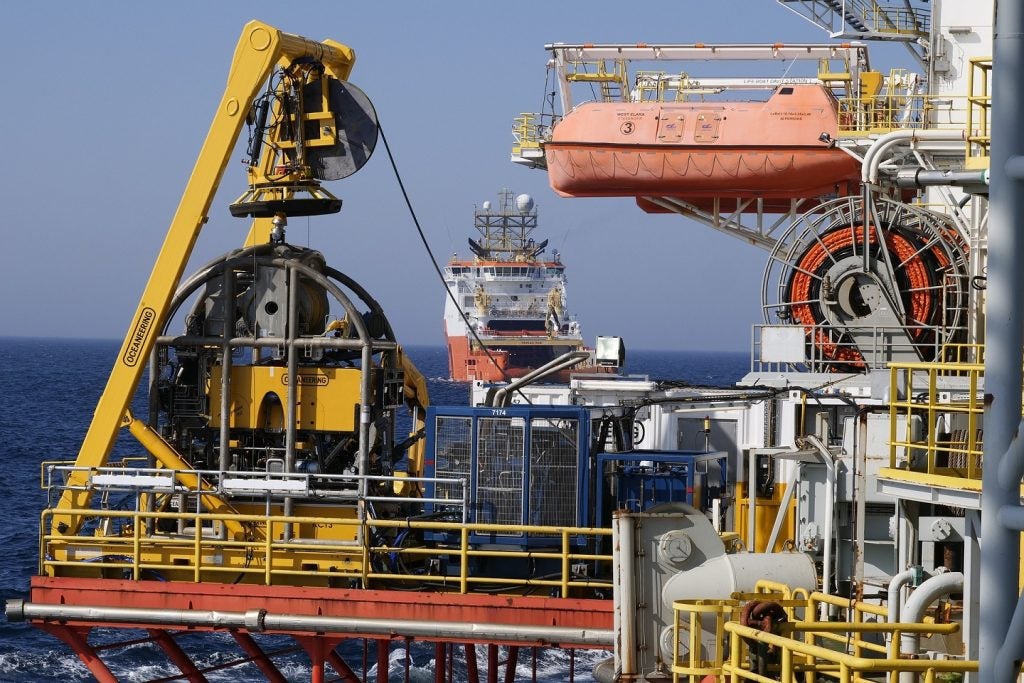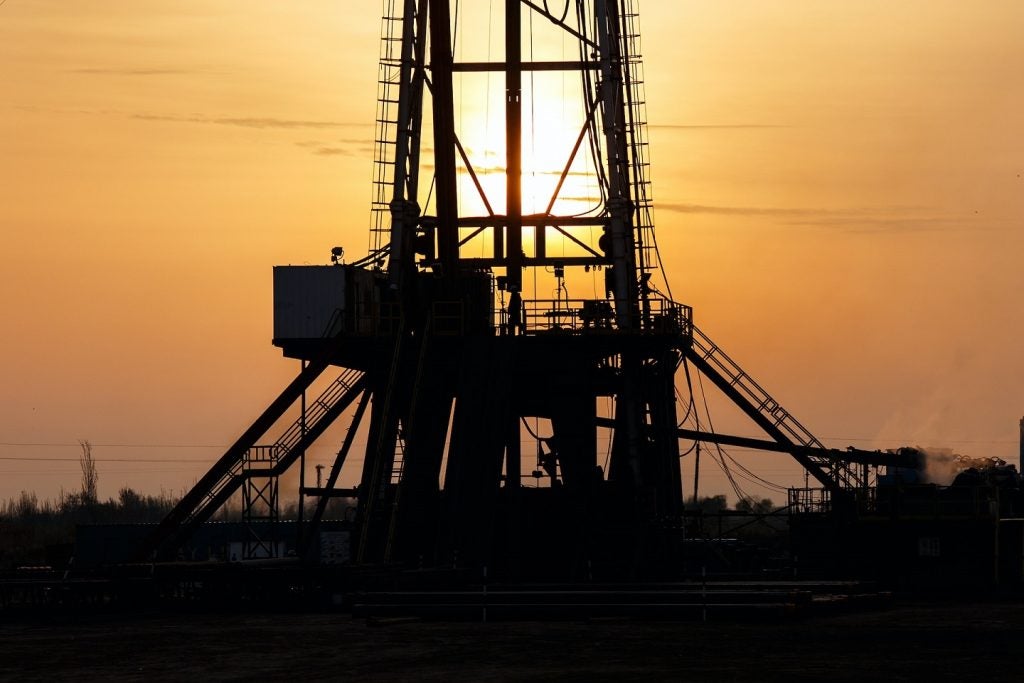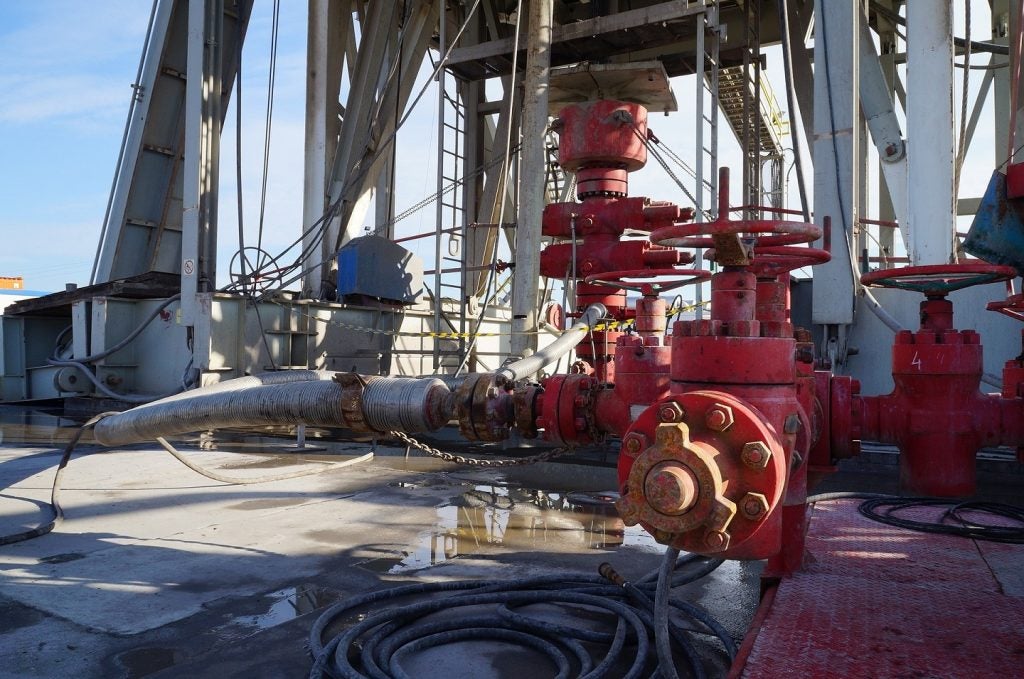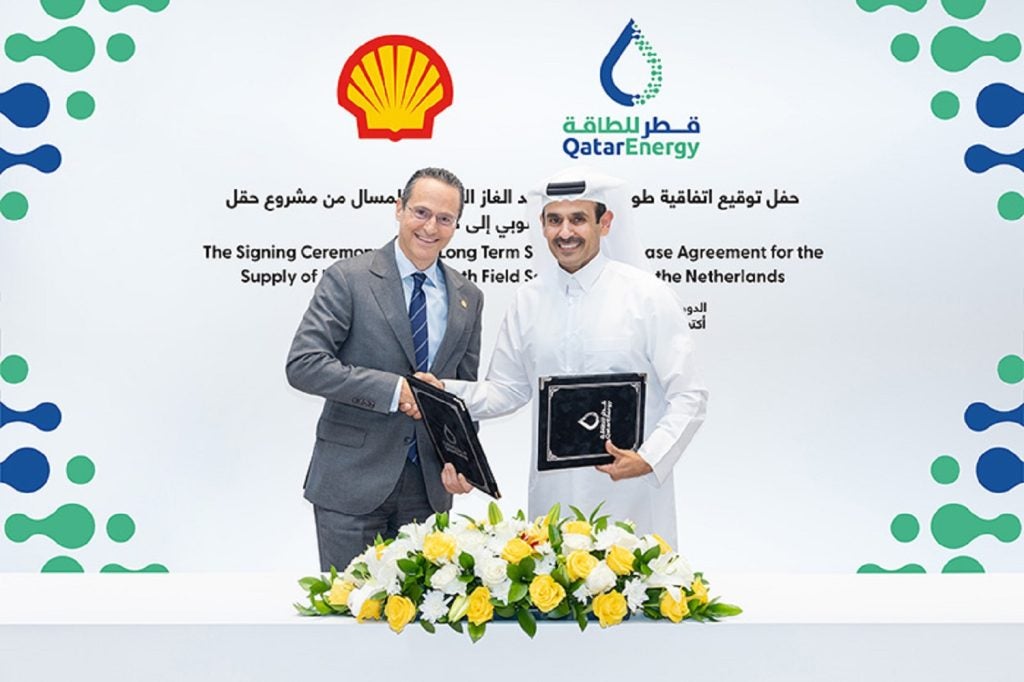BP has announced the first shipment of liquefied natural gas (LNG) produced from the new third liquefaction train at the Tangguh facility in Papua Barat, Indonesia. The LNG cargo is to be delivered to Indonesia’s state-owned power generator PT PLN (Persero). The Tangguh LNG facility is now operating at full capacity.
The total production capacity of the plant is now 11.4 million tonnes (mt) of LNG per year, as Tangguh Train 3 adds 3.8mt of capacity to the existing two-train facility.
Dwi Soetjipto, chairman of SKK Migas, Indonesia’s oil and gas regulatory agency, said: “With its expanded production capacity, the Tangguh facility will play a vital role in helping to meet Indonesia’s growing energy demand. Total gas production at Tanguhh is expected to account for over a third of natural gas production.
“It is the largest LNG producer in Indonesia and the production from Tangguh’s three-train operation will significantly contribute to the natural gas production target by 2030,” he added.
Along with the new third train, the expansion project included the construction of two offshore platforms, 13 production wells and an LNG loading facility.
Indonesia is still a large consumer of fossil fuels. According to US-based NGO Global Energy Monitor, coal accounted for 195mt of Indonesia’s CO₂ emissions in 2022, the seventh-highest for any country’s coal fleet in the world. Over the past 15 years, coal-fired power generation has expanded massively. To catalyse movement away from fossil fuels, Indonesia announced its Just Energy Transition Partnership in November 2022, which included the goal of at least 34% of all power generation to come from renewables by 2030.
In 2022, Indonesia was the world’s sixth-largest LNG exporter, but in May 2023, the government considered new limits on exports of LNG to ensure adequate domestic gas supplies.


